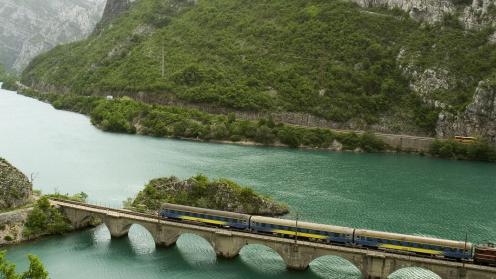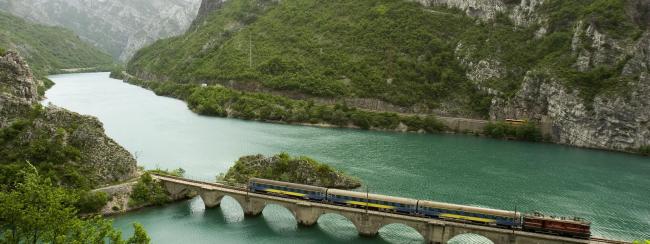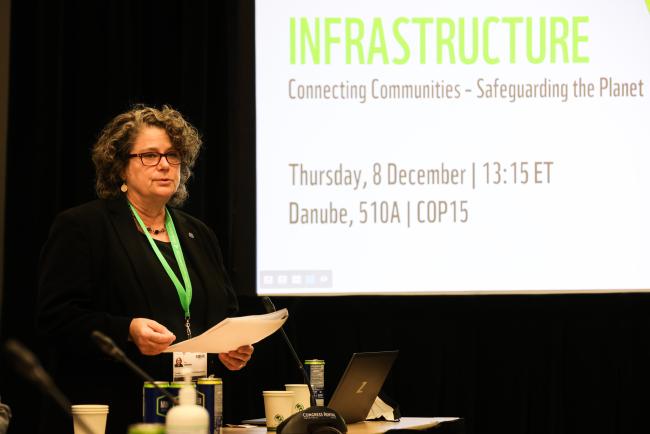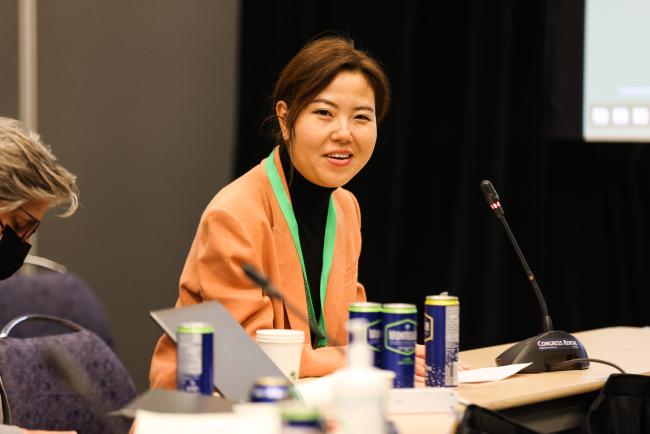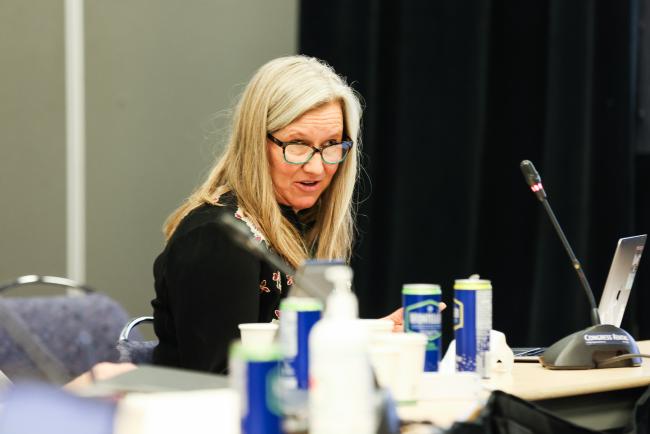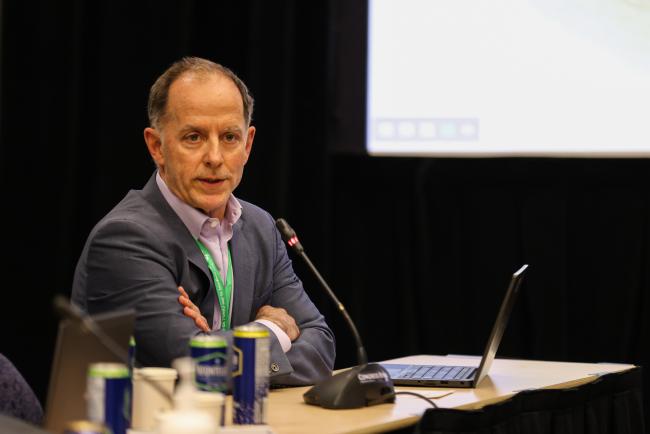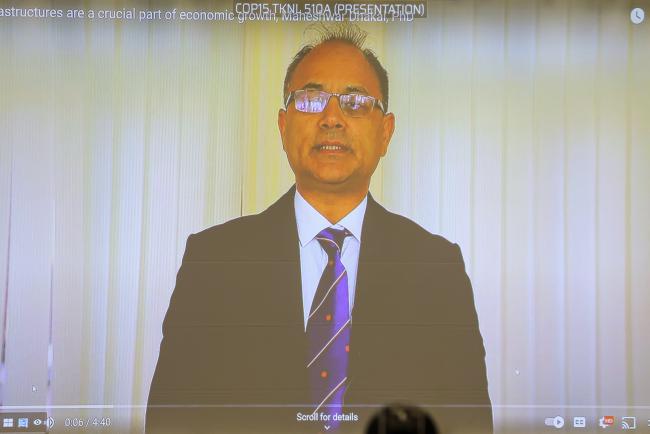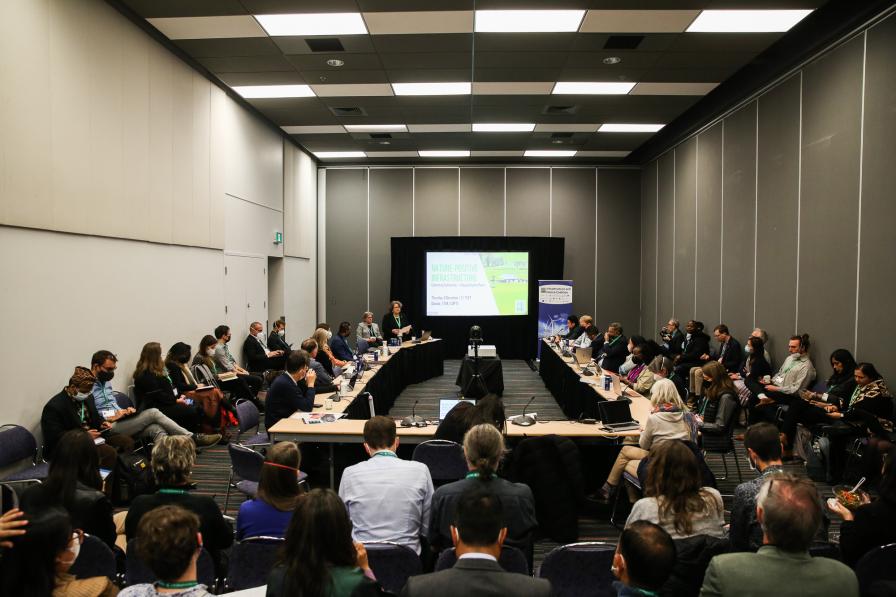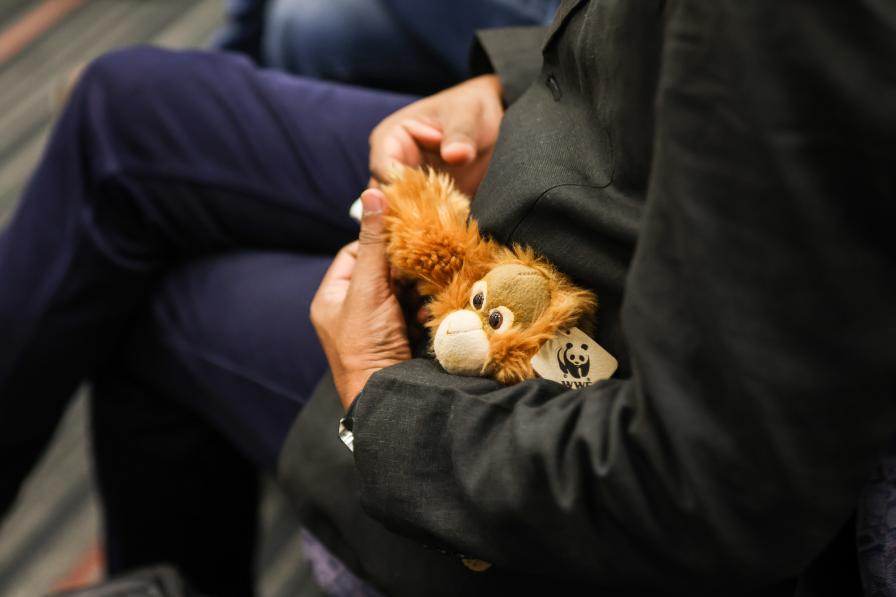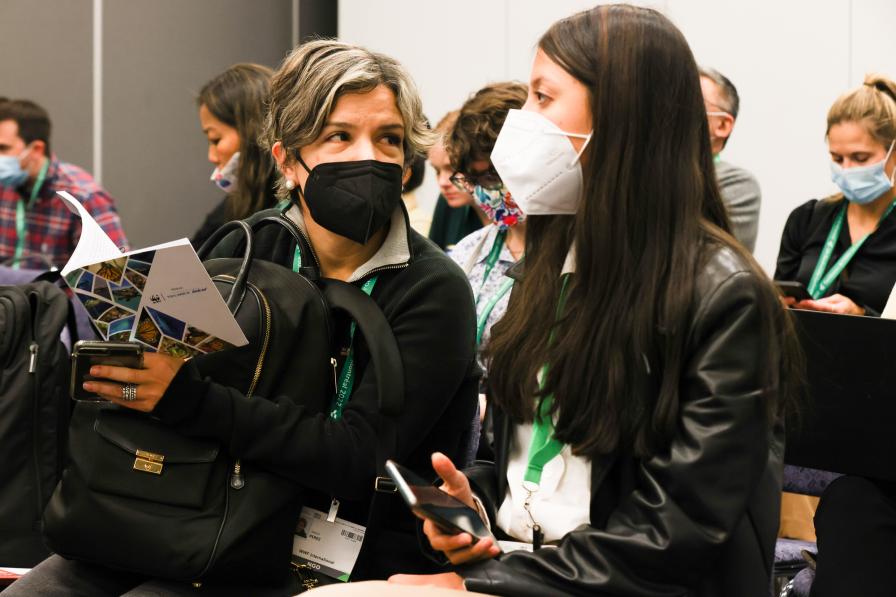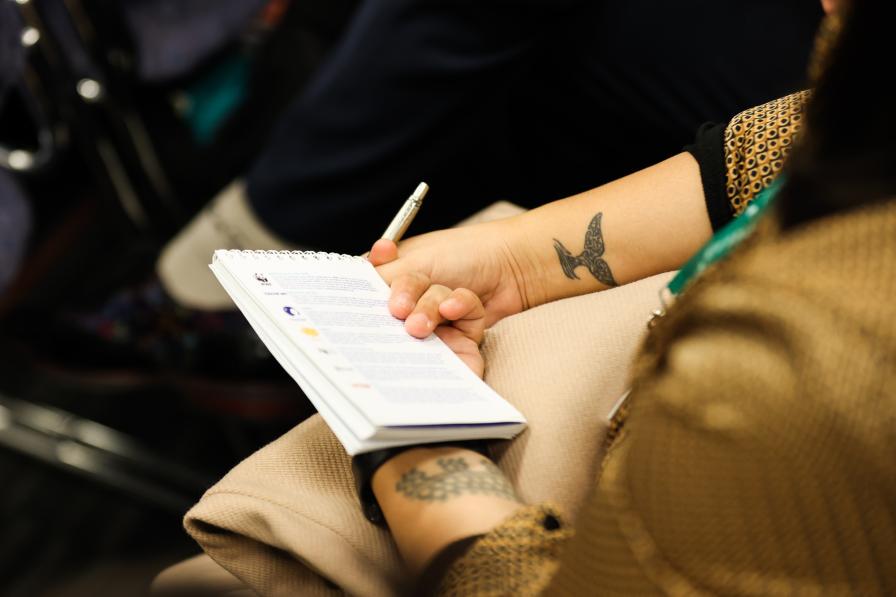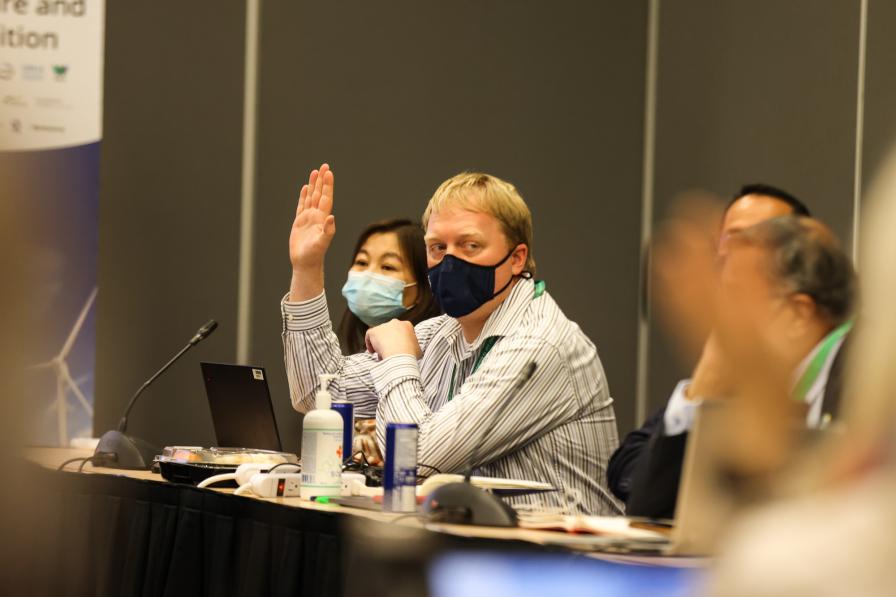About
Panelists explored how to generate a nature-positive transition through practical strategies for mainstreaming biodiversity safeguards in infrastructure development.
Infrastructure as the fundamental human enterprise that we must get right or risk undermining biodiversity and the Sustainable Development Goals for decades to come, was the focus of this side event. Panelists explored how to generate a nature-positive transition through practical strategies for mainstreaming biodiversity safeguards in infrastructure development.
Kate Newman, WWF-US, pointed to the fact that nature “moves” but infrastructure does not. She called for more attention to infrastructure planning and development, lamenting its removal from the draft post-2020 global biodiversity framework (GBF).
In a keynote address, Amy Fraenkel, Executive Secretary, Convention on the Conservation of Migratory Species of Wild Animals (CMS), expressed alarm that infrastructure is not addressed in the GBF. She stressed the need to get infrastructure right, noting that developments in road, rail and energy are set to grow exponentially by 2050. Highlighting that migratory species must be able to reach new habitats, she noted the CMS tackles threats posed to these species by infrastructure. She pointed to the CMS Review Mechanism to address obligations that parties are not meeting, lamenting that infrastructure requirements are also not being met. She called on governments and investors to consider whether there is a real need for new infrastructure developments and to look into alternatives, including “no new infrastructure” options. She called for analyzing the full costs of projects and including a participatory process that provides as much information as possible to policymakers. She urged inclusion of migratory species experts in infrastructure planning processes, underlining the need for connectivity so as not to disrupt nature.
Han Meng, China Officer, United Nations Environment Programme World Conservation Monitoring Centre (UNEP-WCMC), spoke about a new report mapping environmental risks and socio-economic benefits of planned transport infrastructure. She called attention to a project on sustainable infrastructure. Noting the project is part of the Global Environment Facility (GEF)-UNEP initiative on integrating sustainability into national infrastructure planning, she said the focus was on the ecological and socio-economic impacts of large-scale infrastructure projects and developments. She pointed to biodiversity risks posed by some projects, predominantly in the Global North. She called attention to the Global Infrastructure Impact Viewer, saying the study will be used as a scoping tool to inform national planning projects.
Deb Davidson, Center for Large Landscape Conservation, spoke on why connectivity and linear infrastructure must be addressed together, underlining that connectivity is the safety net of nature. She called for maintaining and enhancing ecological networks and noted threats to habitats from linear infrastructure, including by fragmenting landscapes and ecosystems. She pointed to the millions of mammals killed in wildlife-vehicle collisions but highlighted a mitigation hierarchy to achieve safeguards for connectivity and biodiversity. These, she noted, include avoiding new linear infrastructure, but also better planning and assessment of potential projects. In conclusion, she highlighted a forthcoming report addressing Ecological Connectivity in the Development of Roads, Railways, And Canals.
Kamal Gounder, Ministry of Finance and National Planning, Fiji, presented on financing coastal resilience using nature-based solutions (NbS). He highlighted that, after Cyclone Winston in 2016, which took out a third of the country’s GDP, the only solution was to “build back better.” He highlighted the Climate Relocation and Displaced Peoples Trust, Fiji’s sovereign green bond, and a new blue bond for financing NbS to address climate-related challenges. He noted that NbS seawall projects help build resilience in coastal communities to the impacts of storm surges and coastal flooding, for instance, and pointed to the development of natural seawalls using vetiver grass and mangroves.
Mark Zimsky, GEF, said infrastructure is a cross-cutting integrated programme in the GEF-8 replenishment. He called for sustainability to be built into infrastructure development in “upstream” planning and design, not as a mitigation element afterwards.
Responding to questions, Newman confirmed a global crisis due to the environmental impacts from, and depletion of, construction materials, such as sand, lithium, and steel. Zimsky noted the GEF gives grant funding for infrastructure projects, while GEF agencies and multilateral development banks may fund investment opportunities. He identified WWF as the lead agency on this integrated programme.
Via video message, Maheshwar Dhakal, Director General, Department of National Parks and Wildlife Conservation, Nepal, spoke on Nepal’s work to save the planet’s life support system, including formulating a wildlife-friendly linear infrastructure directive, with a multidisciplinary committee to monitor implementation and revise the directive as necessary.
Newman closed the session, inviting anyone interested to join the infrastructure and nature coalition.
Organizers: WWF-US
Contact: Kate Newman | kate.NEWMAN@wwfus.org
For more information: https://www.worldwildlife.org/pages/infrastructure-and-nature
All ENB photos are free to use with attribution. For this event, please use: Photo by IISD/ENB | Natalia Mroz
To receive free coverage of global environmental events delivered to your inbox, subscribe to the ENB Update newsletter.
